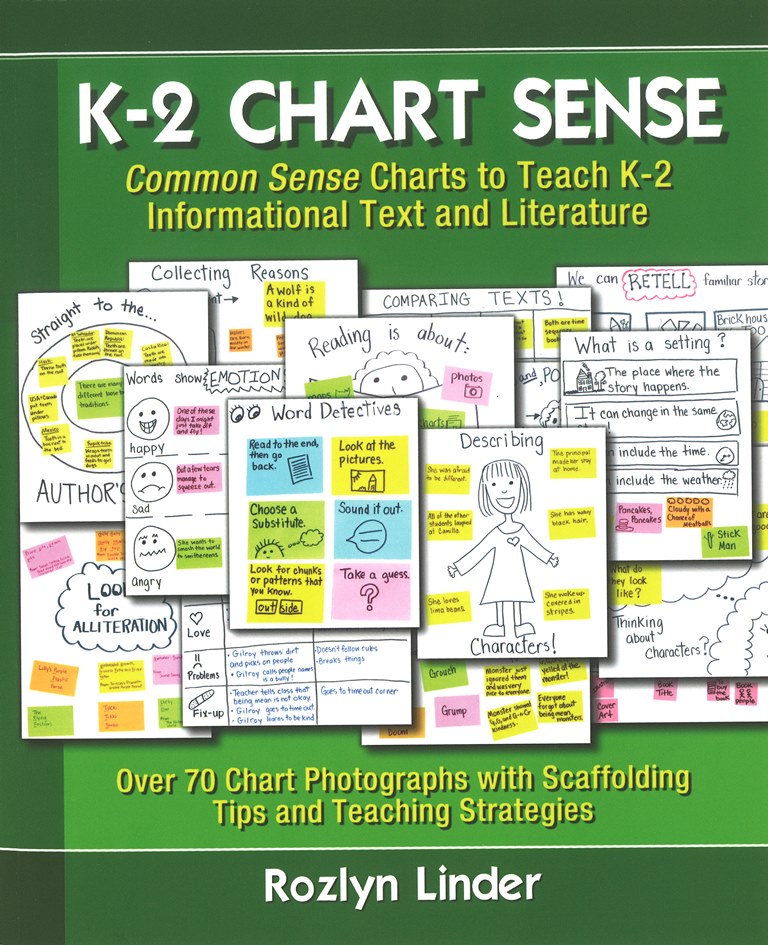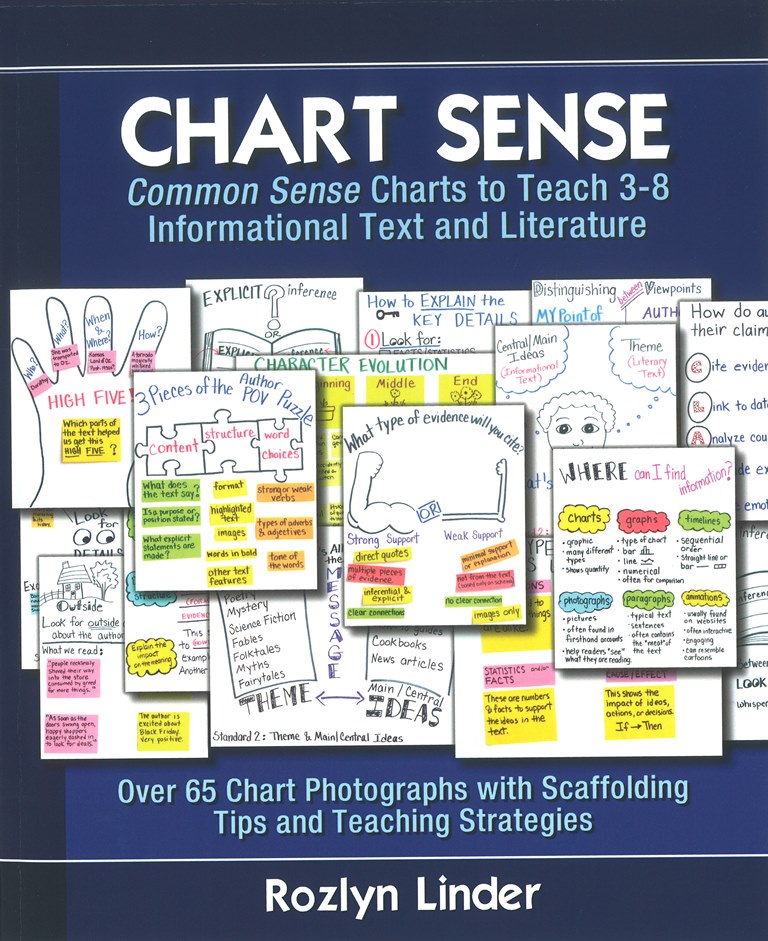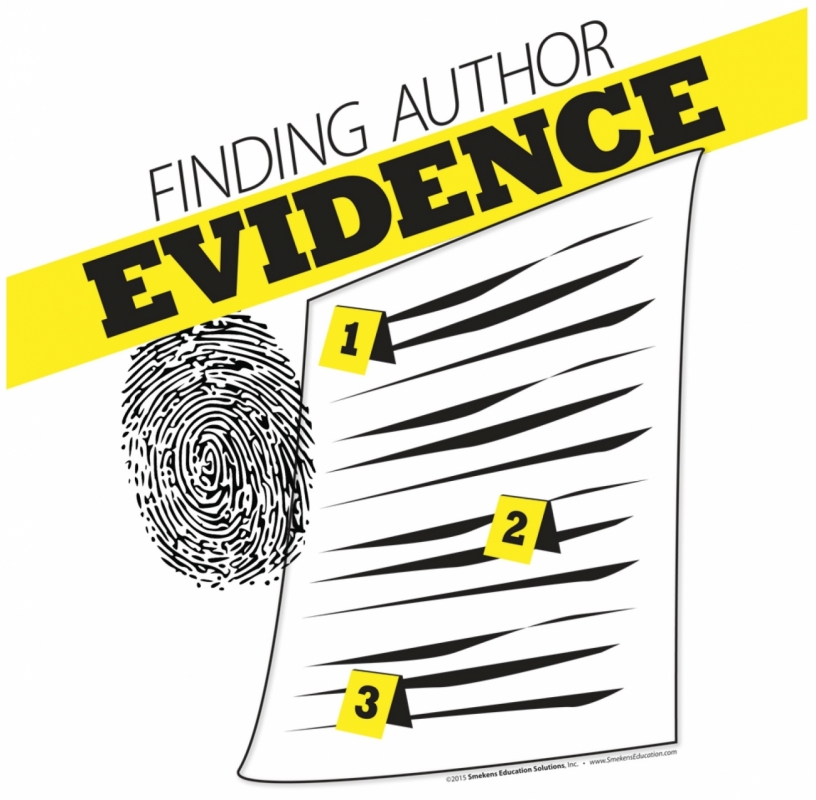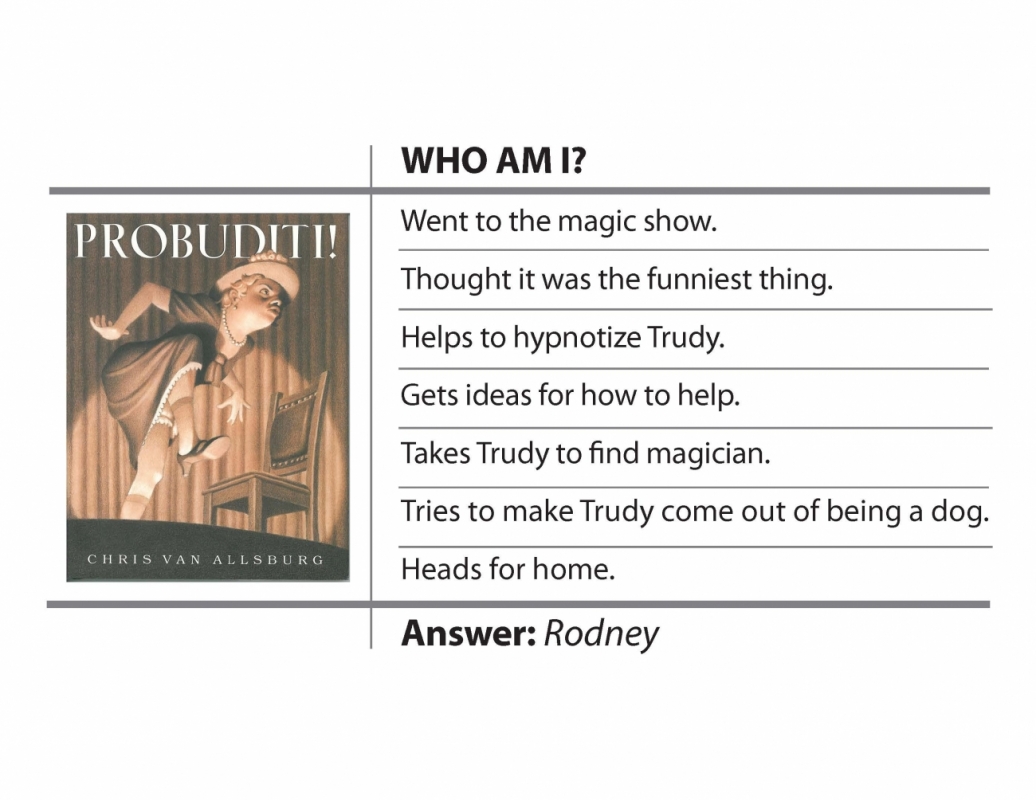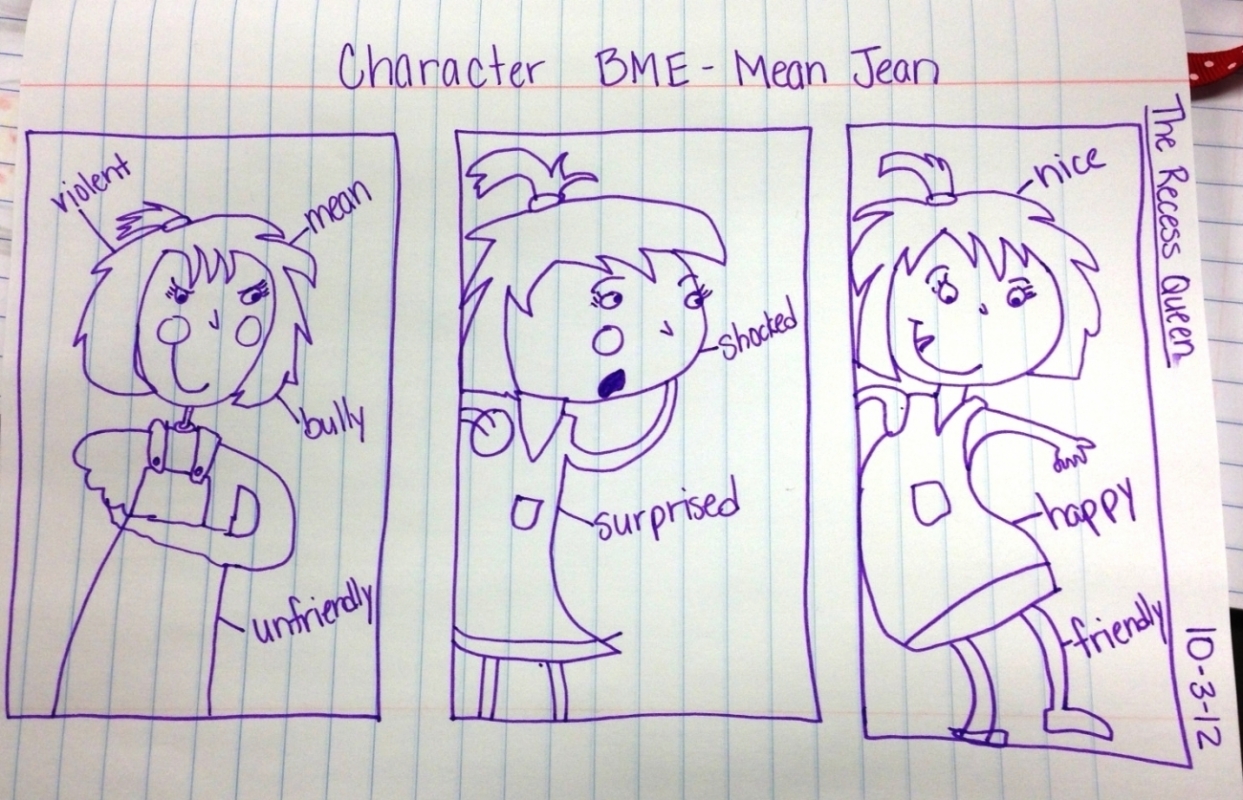Literacy Retreat 2015
SECRET SITE
Achieving Complex Thinking During Reading
Webb’s Depth of Knowledge (1997) is broken into four categories. Each of the four levels reflects a different degree of cognitive expectation, or depth of knowledge, required to complete a task.
- Download a single-page document that shows how the DOK levels align to the reading standards and the three phases of close reading.

Chart Sense is a fabulous new resource of reading mini-lessons organized by the standards and each lesson includes a suggested anchor chart.

- Readers use the words and details from the text to make inferences. Teach students to collect words about what the text SAYS in order to figure out what it MEANS.
Here is the video for Rachel Platten’s “Fight Song.”
Here are the full lyrics for Rachel Platten’s “Fight Song.”
Sort the cut-apart lyrics based on the claim: This song is motivational.

- Create your own Evidence sort activity using this editable format in Word.
- Use these templates to support students in finding author evidence.
- Page Number & Evidence PDF / editable Word version
- Page Number, Evidence, & Explanation PDF / editable Word version
- Page Number, Evidence, Explanation, & Ranking PDF / editable Word version
From Glenda Ferguson, fourth grade teacher at Burris Elementary (Mitchell, IN)
“I just finished two days of using the Author’s Evidence lesson plus the evidence bags from the Literacy Conference. Our reading theme was ‘teamwork,’ the target skill was drawing conclusions, and we read several passages. We took the quote from Helen Keller: ‘Alone we can do so little; together we can do so much.’
I typed up dialogue and page numbers from the characters in the texts and cut them into strips. Groups of students had several lines of dialogue from one of the characters plus the “Finding Author Evidence” handout (which is so great, by the way) to record the page number, evidence, and explanation of evidence. We had such great discussions about: Was there enough evidence from the character’s dialogue to proof the quote? We also noticed how the author wrote the dialogue for some of the characters in a ‘non-teamwork’ manner. Thanks again for creating practical and meaningful lessons for my classroom!”
- [Grades 5-12] Present a variety of evidence gathered through reading and research. This should come in the form of quantitative and qualitative data.
- For additional resources and strategies tied to citing textual evidence–check out the archived articles in our Idea Library. The most relevant include:
- Constructed responses require textual evidence.
- Motivate students to flip/scroll back through the text to find evidence.
- Brief constructed responses include an inference supported by textual evidence.
- The Yes MA’AM strategy can be adapted to fit the requirements of an extended reading response, as well.
- Reveal the five steps to paraphrasing an author’s idea.
- Return to anticipation guides used before reading and assess what details in the text confirmed or contradicted their initial choices.

- Retell the actions of a single character in order. Then ask Who am I?
- Track Character Evolution throughout the text. Here are examples for Mean Jean from The Recess Queen and Vashti from The Dot.
- Track how inviduals/events/ideas interact with each other with the Interaction Tracker. (There is a two-layer and a three-layer version.) Here’s an example of a HS social studies version that tracked simultaneous events happening in the same time period during the Viet Nam War.
- For additional resources and strategies tied to tracking interactions across a text–check out the archived articles in our Idea Library. The most relevant include:
- WHO, WHAT, WHERE, WHEN, & WHY: When there are numerous names, dates, and places to sort through, the 5 Ws template can be helpful for nutshell summaries (e.g., significant explorers). For those with interactive whiteboards, here are Notebook versions appropriate for informational text and literature.
- RELATIONSHIPS: After tracking the 5 Ws of a section in the text, have them determine the connection between the previous section and the next one using this template. (Here is an example based on a textbook chapter on the Middle Colonies.)
- DIGITAL TIMELINES: Using the myHistro website (or the app), you can combine maps and timelines seamlessly into one great presentation. What a great way for students to mash-up text, video, and photos. (Numerous examples are available on the website.)

- Define key terms students will need to work with this standard— author, illustrator, perspective, point of view, purpose.
- Watch a video of Kristina explaining the subtle, but significant differences among these terms.
- Students first create character avatars (a digital representation of a character) using Voki. With the avatar built, students then record themselves speaking as if they were the character, from his perspective, sharing insights and drawing conclusions about various episodes within the text. Check out this link to several student projects. Simply join Voki Classroom and manage multiple classes, create Voki assignments for students, as well as publish.
- Students note specific reasons and evidence while regarding multiple sides of an issue.
- For additional resources and strategies tied to purpose, perspective and POV–check
out the archived
articles in our Idea Library. The most relevant include:- Define the differences between perspective and point of view.
- Target perspective with a letter swap or encourage creative perspective by having students write letters from the perspective of concepts.

- Define key terms for students–author’s claim/point, reasons, and evidence.
- Analyzing an argument requires readers to evaluate four main factors.
- Use the following resources to find argumentative text. Students can read through the text and practice collecting and sorting evidence for different sides of an issue.
- Find articles from various viewpoints at ProCon.org.
- Research to confirm or contradict a Snapple fact.


